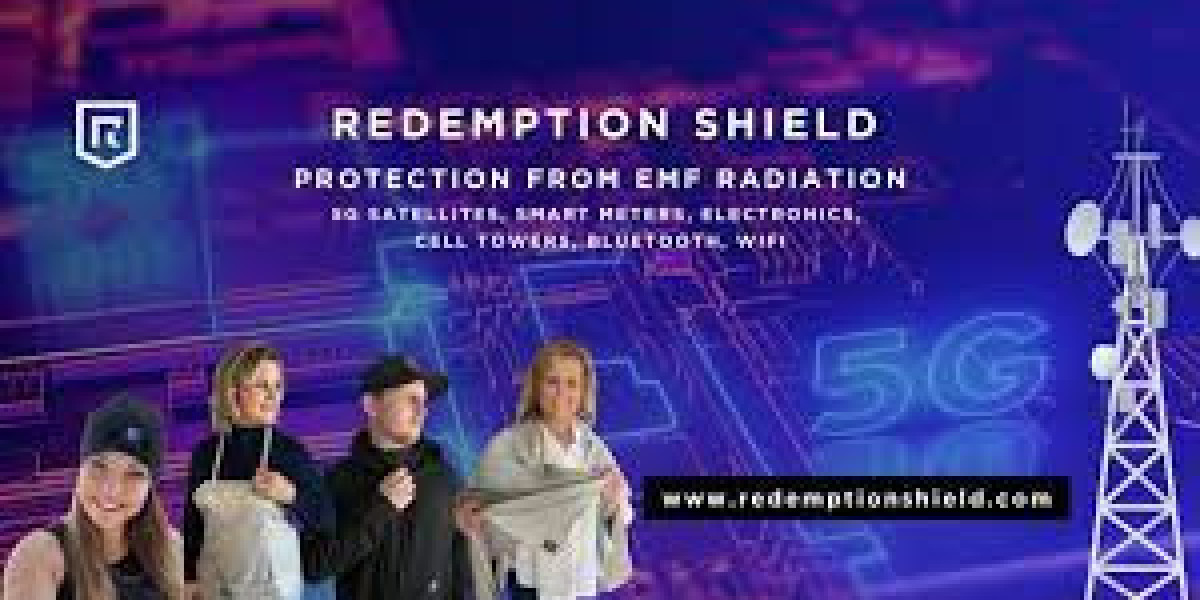In the heart of our kitchens, the microwave oven has become an indispensable appliance, revolutionizing the way we cook and reheat food. However, behind the convenience lies a source of electromagnetic radiation known as microwave radiation. In this article, we delve into the science behind microwave radiation, its applications, and address the safety concerns associated with its use.
Understanding Microwave Radiation:
Microwaves are a form of electromagnetic radiation with frequencies ranging from 300 megahertz (MHz) to 300 gigahertz (GHz). These waves are longer than those of visible light but shorter than radio waves. Microwave ovens use a specific frequency of around 2.4 GHz to heat food by exciting water molecules, generating heat through a process known as dielectric heating Microwave Radiation.
Applications of Microwave Radiation:
Cooking and Food Preparation:
Microwave ovens are widely used for cooking and reheating food due to their speed and efficiency.
Communication:
Microwaves play a crucial role in various communication technologies, including satellite communication, radar systems, and wireless networks.
Medical Imaging:
In medicine, microwaves are employed in certain imaging techniques, such as microwave radiometry, for non-invasive monitoring of biological tissues.
Safety Considerations:
Microwave Oven Safety:
Microwave ovens are designed with safety features to prevent leakage. It is essential to follow usage instructions, ensure the door seal is intact, and never operate a microwave with a damaged door.
Exposure Limits:
Regulatory bodies, including the International Commission on Non-Ionizing Radiation Protection (ICNIRP), have established guidelines to limit human exposure to microwave radiation. These limits are set well below levels known to cause harm.
Non-Ionizing Radiation:
Microwave radiation falls into the category of non-ionizing radiation, which lacks the energy to remove electrons from atoms or molecules. Unlike ionizing radiation, such as X-rays, non-ionizing radiation is generally considered less harmful.
Advisory Organizations:
Organizations like the World Health Organization (WHO) and the U.S. Food and Drug Administration (FDA) continuously monitor scientific studies to assess potential health risks associated with microwave radiation.
Conclusion:
Microwave radiation, a fundamental aspect of modern life, has numerous applications that enhance our daily experiences. While microwave ovens are generally safe when used correctly, it is crucial to be aware of safety guidelines and adhere to them. Ongoing research and collaboration between regulatory bodies and the scientific community ensure that our understanding of microwave radiation's impact on health remains up-to-date. By staying informed and practicing safe usage, we can continue to enjoy the convenience and efficiency that microwave technology brings to our homes and beyond.



